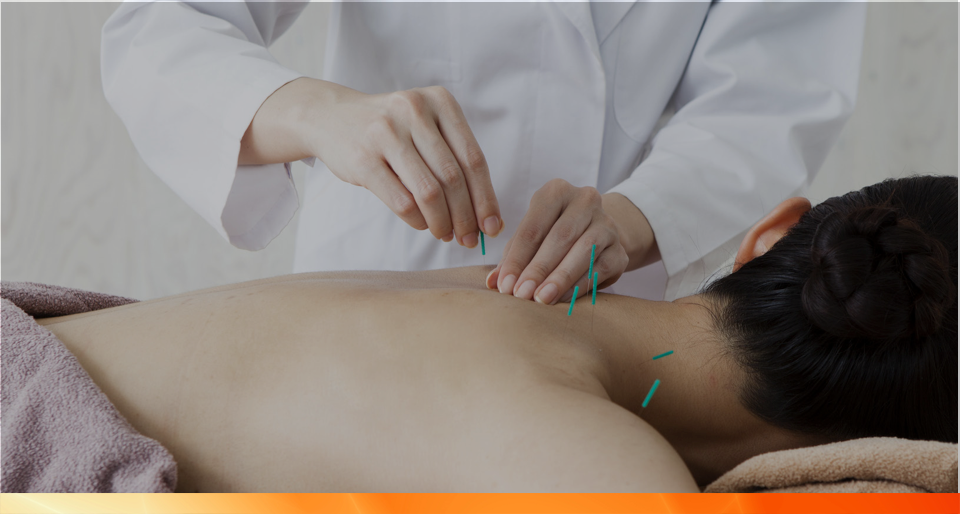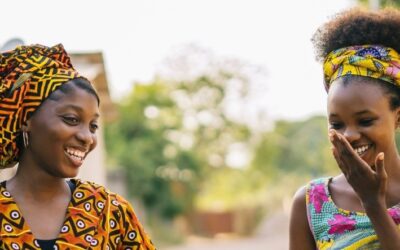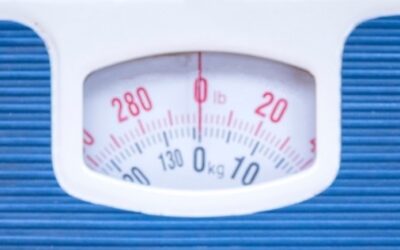It’s already Week 5 of the fall trimester, and it’s the preliminary challenge to see if everyone is going to be staying in the class or not. It feels like just yesterday I experienced this for the first time. I was freaking out about my first exam to see if I had a passing grade and would continue in the class.

One class included learning each acupuncture point; another class was to understand how the energy points connect and relate to each other; then learning the anatomy of points and how to map them out on the body. These concepts are important to grasp so we may understand the correlation of elements: wood, fire, earth, metal, and water in order to assess the individual. Then, we take a deeper dive into how the physical body and emotions are all connected. Many connections involve learning about external and internal environments, and how they affect a person’s constitution. As I have used this example with many of my patients, “Before it becomes a physical ailment, it starts off as a mental ailment”. For example, two of the many issues for which people come into clinic are stress and pain. I feel that both are connected. Stress is something you sense and develop due to life situations, and, if left untreated, it can, for example, turn into a headache. Next, if that is not treated, it can turn into neck tightness, progressing to shoulder or back pain. If, at this point, treatment is not received, there may be stomach issues…do you get what I am saying? It is said, “the gut is the brain of the body,” and I truly believe this is the case.
Here at National, we pull all three major programs—chiropractic, naturopathic, and Oriental medicine–together into a great team of experts who are very passionate about using alternative and/or holistic medicine to treat not only the dis-ease, but the person as a whole. The Chiros tend to focus on the physical, aligning spines, decreasing muscle tightness, and balancing the body with bio-mechanical adjustments. Naturopaths, on understanding the gut, bring concepts of supplements or homeopathy, and hydrotherapy. Of course for me, the crème de la crème is acupuncture, where we can focus on a bit of Tui Na (Chinese massage), needle points to decongest the energy pathways, or simple points to relax and increase blood flow, partnering at times with herbs. Complementary and alternative medicine have certainly brought change.
I’ve come a long way. We begin first as students, finish as graduates, and become practitioners. For more than a decade, I was part of the Western world working in outpatient facilities and hospitals, branching into the departments of physical therapy, labor and delivery, pediatrics, neonatal and critical care, and emergency room medicine. It’s pretty cool that in a little bit over a year, I am now able to assess a person’s symptoms, diagnose, and treat the person. I love and appreciate every individual patient and practitioner–current, future, and past. As professionals, we continue to evaluate, share, and collaborate with one another to better assist our patients as well as challenge ourselves to become the best practitioners we can be. There will always be space in our brain cells for more information, challenges to overcome, and learning to pursue. Eventually, we will all pass our tests in our own time. It’s life.




0 Comments